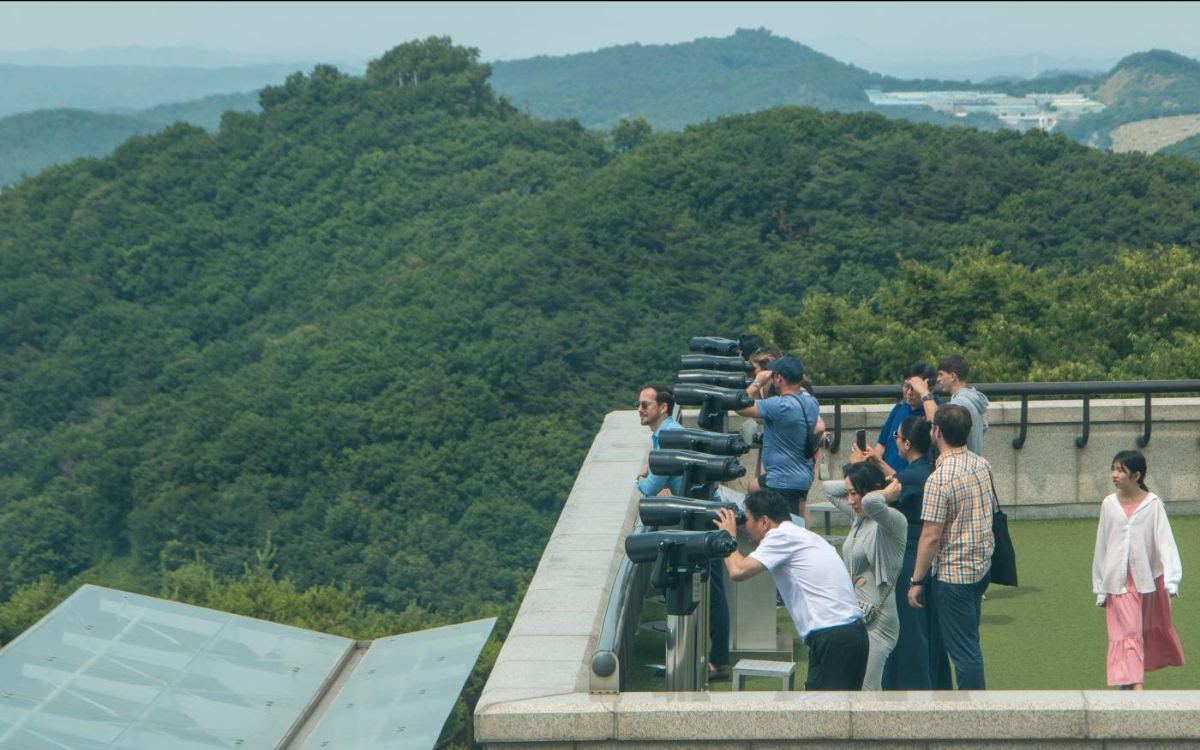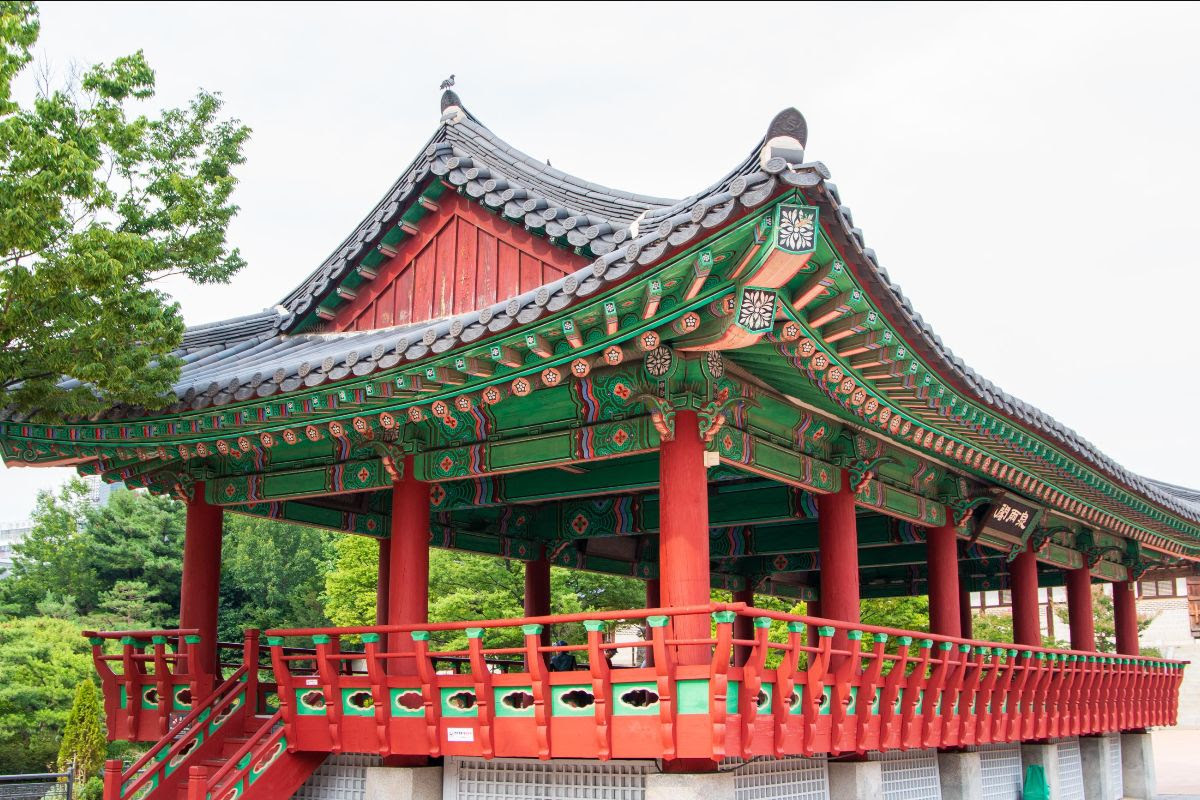Prof. Rev. Dr Reinhold Bernhardt, Protestant Church of Switzerland, commented on the richness of the gathering, a combination of theology, conversation, and the visit to the observatory. “From that conversation, we gained insider insights into the political, economic, and theological situation in South Korea,” he said. “We were reminded of the crucial importance of ecumenical relations for that church.” However, he added, other churches in South Korea view ecumenism as a threat to their identity and have made anti-ecumenism a cornerstone of their self-understanding. “Standing on the observation platform overlooking North Korea reminded me of my childhood experiences of Sunday trips to the Iron Curtain that divided Germany: the barbed-wire fences, the watchtowers, and the speculations about what life was like for the people on the other side,” he said. “What might they think and feel when they see the lights across the border at night, the cars passing by on the other side of the fence, and the people watching them from that platform?” He added: “The distance between them and me was only about two kilometers, but I felt them being infinitely far away.” | 






No comments:
Post a Comment